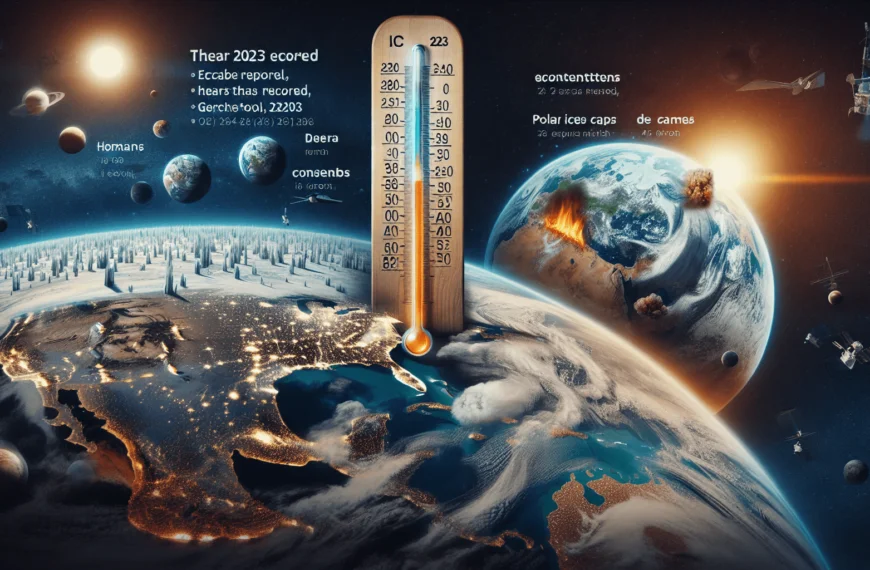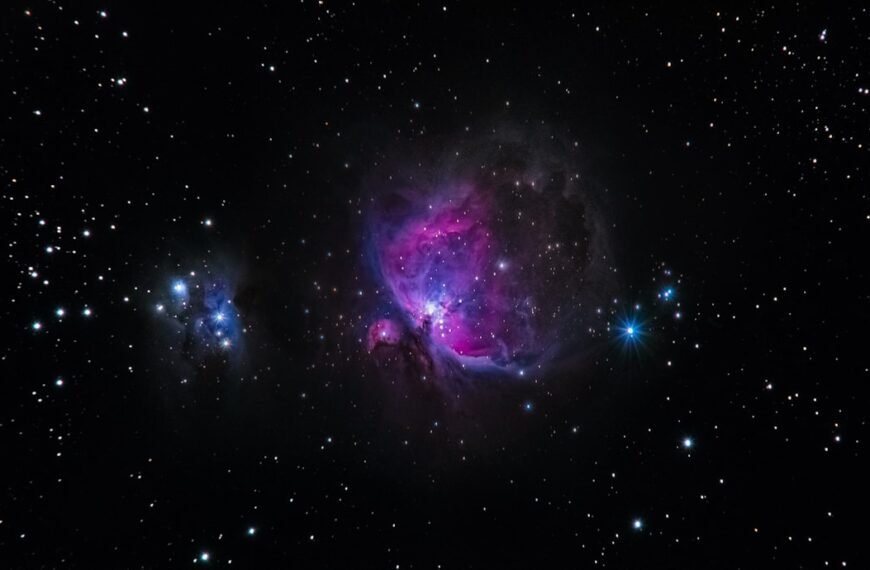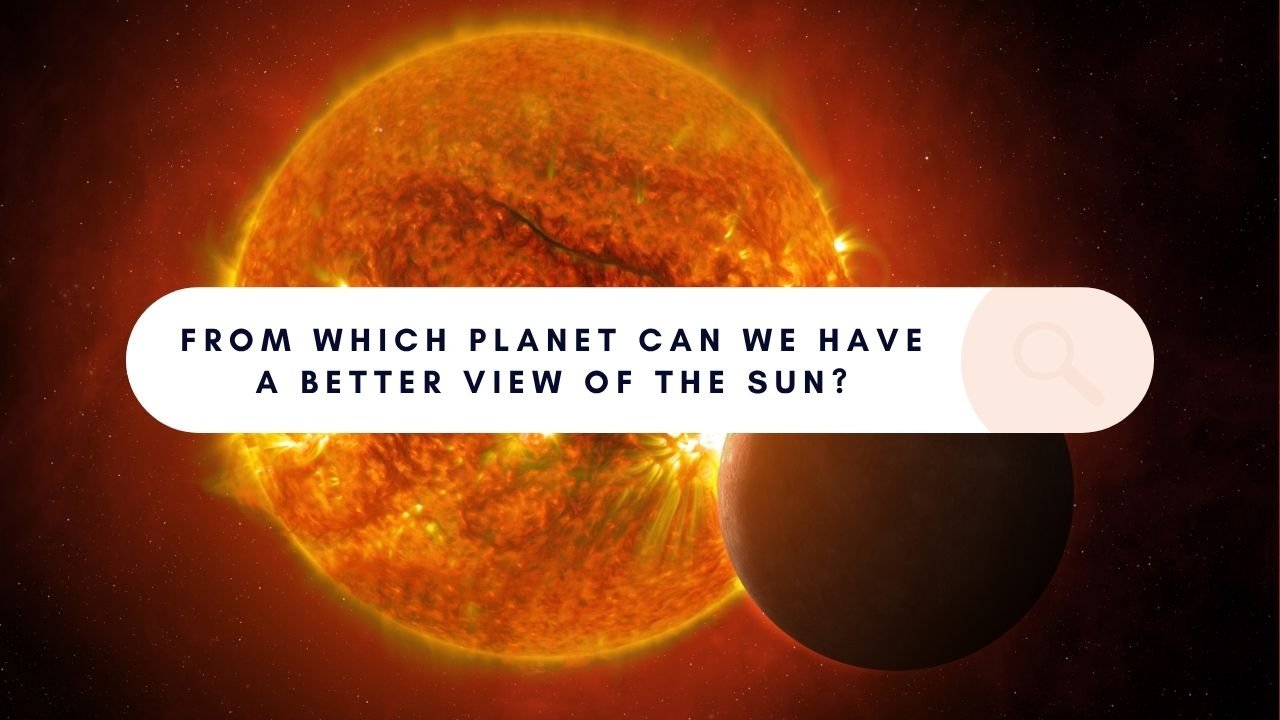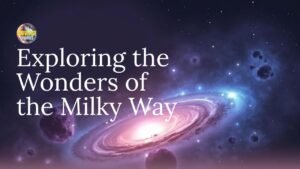Imagine a vast and uncharted universe, billions of light-years away, filled with extraordinary structures that challenge our understanding of cosmology. Recently, two remarkable discoveries have captured the attention of astronomers worldwide: the Giant Arc and the Big Ring. Found in close proximity to each other, these ultra-large structures defy the limits imposed by the Standard Model of Cosmology, prompting scientists to explore new theories and expand their knowledge of the universe’s mysteries. With their immense size and enigmatic origins, the Giant Arc and the Big Ring offer a tantalizing glimpse into a cosmos that continues to surprise and confound us.
Background
The Standard Model of Cosmology provides a framework for understanding the early universe as a relatively homogenous and structureless place. However, recent discoveries have challenged this notion. In 2021, astronomers stumbled upon a massive pattern of galaxies forming a giant arc that spanned an astonishing 3.3 billion light years across. This was a significant deviation from what the Standard Model predicted. Adding to the intrigue, another extraordinary discovery has now emerged – an enormous circle of galaxies known as the Big Ring. These two structures, the Giant Arc and the Big Ring, have raised questions and presented a challenge to the Standard Model, potentially requiring cosmologists to reconsider their current theories.
Characteristics of the Structures
Distance from Earth
The Giant Arc and the Big Ring are both located billions of light-years away from Earth. More specifically, they are situated near the constellation of Boötes the Herdsman. The significance of their shared distance is that these structures existed during the same cosmic time when the universe was only half of its present age. This close proximity implies that the Giant Arc and the Big Ring may be part of a more extraordinary cosmological system or connected in some way.
Location in the Sky
When observing the night sky, the Giant Arc and the Big Ring are positioned only 12 degrees apart in the same region of the sky. This close configuration further adds to the mystery surrounding these structures. The fact that they are in such proximity raises questions about the underlying mechanisms that led to their formation and challenges the assumptions of the Standard Model.
Size and Diameter
The Giant Arc stretches an incredible 3.3 billion light years across, displaying a vast expanse of galaxies. Similarly, the Big Ring spans an astonishing 1.3 billion light years in diameter. Both structures greatly exceed the limitations set by the Standard Model, which predicts that any structures from that point in the universe’s history should not be larger than 1.2 billion light years across. The exceptional scale of these structures underlines the need for alternative explanations that can account for their size.
Dim and Faint Galaxies
What makes the Giant Arc and the Big Ring even more intriguing is that they are composed of galaxies that are typically too dim and faint to be visible to the naked eye. However, astronomers have been able to study them using distant quasars, which are bright point sources caused by active black holes at the centers of galaxies. These quasars emit light that passes through the dim galaxies, and as the light travels, some of it is absorbed by matter. By analyzing the absorption of a specific Magnesium ion called Mg-II, researchers were able to identify the position and distance of these otherwise invisible galaxies. This breakthrough allowed for the mapping of the Giant Arc and the Big Ring in three dimensions, unveiling their true nature.

Mapping the Structures
Using Distant Quasars
To study the Giant Arc and the Big Ring, astronomers utilized the light emitted by distant quasars. These quasars serve as bright beacons that allow researchers to indirectly observe the dim galaxies within the structures. By analyzing the way the quasar’s light interacts with matter as it passes through these galaxies, astronomers were able to discern valuable information about the position and properties of the galaxies composing the Giant Arc and the Big Ring.
Detection of Magnesium ion (Mg-II)
The key factor enabling the mapping of the Giant Arc and the Big Ring was the discovery of Magnesium ion (Mg-II) absorption in the data obtained from the Sloan Digital Sky Survey. This detection provided crucial insight into the position and distance of the dim galaxies that make up these structures. By identifying the absorption patterns of Mg-II, researchers were able to pinpoint the otherwise invisible galaxies and gather essential data for mapping the structures in three dimensions.
Mapping in Three Dimensions
Utilizing the data gathered from quasar observations and Mg-II absorption, astronomers were able to create comprehensive maps of the Giant Arc and the Big Ring. By mapping the positions of galaxies in three dimensions, scientists were able to visualize the intricate structures and gain a better understanding of their overall shape and composition. This mapping process provided valuable insight into the formation and evolution of these massive structures.
Revealing the Giant Arc and Big Ring
Through the meticulous mapping and analysis of the data, astronomers successfully revealed the presence of the Giant Arc and the Big Ring. These groundbreaking discoveries challenged the size expectations set by the Standard Model and indicated the existence of cosmic structures that defy conventional theories. The Big Ring, with its two-dimensional shape, poses a particular challenge to the Baryonic Acoustic Oscillation (BAO) explanation, which tends to create spherical structures. As researchers continue to delve into the nature of these structures, alternative explanations must be considered.
Exceeding Size Expectations
Standard Model Limitation
According to the Standard Model of Cosmology, the size of structures in the universe during a specific period should not exceed 1.2 billion light years. However, both the Giant Arc and the Big Ring surpass this limit, raising questions about the validity of the Standard Model’s predictions. The existence of these structures presents a puzzle and calls for alternative explanations that can account for their extraordinary size.
Significance of the Big Ring
The Big Ring, in particular, holds great significance due to its exceptional size and two-dimensional shape. Its significance is further underscored by the statistical analysis that determined its significance level to be 5.2 Sigma, exceeding the typical 5-Sigma threshold used in scientific discoveries. This high level of significance suggests that the Big Ring is not a mere coincidence and calls for a deeper exploration of its origins and characteristics.
Possible Explanations: Baryonic Acoustic Oscillation (BAO)
One potential explanation for the existence of these structures is Baryonic Acoustic Oscillation (BAO). This phenomenon occurs during the early moments of the universe when sound and pressure waves shaped by gravitational interactions create “bubbles” of matter on large scales. The BAO explanation falls within the confines of the Standard Model of Cosmology. However, BAO tends to produce predominantly spherical structures, making it incompatible with the flat, two-dimensional shape of the Big Ring. As a result, an alternative explanation must be sought.
Need for an Alternative Explanation
Given the limitations of the Baryonic Acoustic Oscillation explanation, alternative theories must be considered to account for the existence and characteristics of the Giant Arc and the Big Ring. These structures defy the expected size limits set by the Standard Model, challenging our understanding of the laws of physics that govern the universe. Expanding our knowledge and exploring alternative explanations will drive scientific progress and further our understanding of the cosmos.

Possible Alternative Explanations
Cosmic Strings Theory
One possible alternative explanation for the Giant Arc and the Big Ring lies in the concept of cosmic strings. Proposed in the 1970s as part of string theory, cosmic strings are one-dimensional topological defects that could have formed in the early universe. These strings would have left their imprint on the structure of matter, potentially giving rise to structures of the scale seen in the Big Ring and the Giant Arc. While cosmic strings offer an intriguing possibility, further research and evidence are needed to substantiate this theory.
Conformal Cyclic Cosmology (CCC) Model
Another alternative model of cosmology that could potentially account for the existence of the Giant Arc and the Big Ring is the Conformal Cyclic Cosmology (CCC) model proposed by physicist Roger Penrose. In CCC, the universe undergoes endless cycles of expansion and contraction, with each cycle beginning with a big bang. Unlike the Standard Model’s concept of a Big Crunch, CCC suggests that the universe expands indefinitely, with matter eventually decaying. In this model, structures from previous cycles can persist into subsequent cycles, potentially explaining the presence of structures like the Big Ring and the Giant Arc. However, it is important to note that CCC and other alternative models have not yet supplanted the Standard Model due to a lack of supporting evidence.
Challenges to Alternative Explanations
Lack of Confirmation for CCC
While Conformal Cyclic Cosmology (CCC) and other alternative explanations offer intriguing possibilities for understanding the Giant Arc and the Big Ring, it is essential to acknowledge the lack of confirmation for these models. CCC, in particular, has not received substantial empirical support, which limits its ability to provide a comprehensive explanation for the observed structures. As scientists continue their investigations, they must consider the verifiability and explanatory power of alternative models.
Standard Model’s Explanatory Power
Despite the challenges posed by the Giant Arc and the Big Ring, the Standard Model of Cosmology remains the leading theory for explaining the observations and phenomena in the universe. The Standard Model has demonstrated significant explanatory power, successfully describing various aspects of the cosmos. While it may have limitations and gaps, it continues to be the foundation for our understanding of the universe.
Cracks in the Standard Model
One of the critical implications of the Giant Arc and the Big Ring is that they reveal cracks and gaps in the Standard Model of Cosmology. These structures challenge the model’s predictions and assumptions, highlighting areas of the universe where current physics fails to fully explain what we observe. While the Standard Model remains robust, these cracks call for continued scientific investigation and the exploration of alternative theories.

Implications and Future Research
Importance of the Giant Arc and Big Ring
The discovery and study of the Giant Arc and the Big Ring have significant implications for our understanding of the universe. These structures offer new avenues for scientific exploration, challenging existing theories and pushing the boundaries of our knowledge. By unraveling the mysteries surrounding these structures, scientists can gain deeper insight into the formation and evolution of the cosmos.
Motivation to Explore Alternative Models
The existence of the Giant Arc and the Big Ring provides motivation for scientists to explore alternative models of cosmology. While the Standard Model has proven valuable in explaining many aspects of the universe, the identification of these structures presents a unique opportunity to reevaluate our understanding and consider alternative hypotheses. By embracing new ideas and theories, researchers can expand our knowledge and potentially uncover groundbreaking insights.
Possible Improvements to the Standard Model
The discovery of the Giant Arc and the Big Ring serves as a reminder that the Standard Model of Cosmology is not infallible. The cracks and limitations exposed by these structures offer an opportunity for refinement and improvement. By addressing these challenges and incorporating new observations, scientists can work towards enhancing the explanatory power of the Standard Model or developing a more comprehensive framework.
Continued Scientific Investigation
The study of the Giant Arc and the Big Ring represents an ongoing scientific investigation. Researchers will continue to delve into the data, refine existing models, and explore new theories. The complexities of the universe inspire curiosity and drive scientists to unlock its secrets. Through continued research and collaboration, we can hope to unravel the mysteries of these extraordinary structures and gain a deeper understanding of our vast cosmic landscape.
Additional Resources
University of Central Lancashire’s Research
For further information on the research conducted by the University of Central Lancashire, interested readers can explore the resources provided by the university. These resources offer a deeper insight into the observations, discoveries, and implications of the Giant Arc and the Big Ring.
Press Conference Video
To gain a more comprehensive understanding of the research and its findings, interested individuals can watch the press conference video held at the American Astronomical Society annual meeting on January 10, 2024. This video will provide firsthand insights from the researchers and offer a visual representation of the discoveries and implications discussed throughout this article.
























